Explosive Indochina: Thailand–Cambodia border erupts in violence Sacred sites caught in the crossfire
Fighting continues along the Thailand-Cambodia border, involving air strikes, multiple rocket launcher systems, and heavy artillery. How quickly this new escalation can be stopped and the region restored to stable peace remains a question without a clear answer for now.
War in the shadow of temples
In the early morning of July 24, armed clashes broke out in the border areas of Thailand and Cambodia — in the provinces of Surin, Sisaket, Ubon Ratchathani, and Buriram. To this day, both sides accuse each other of instigating the conflict.
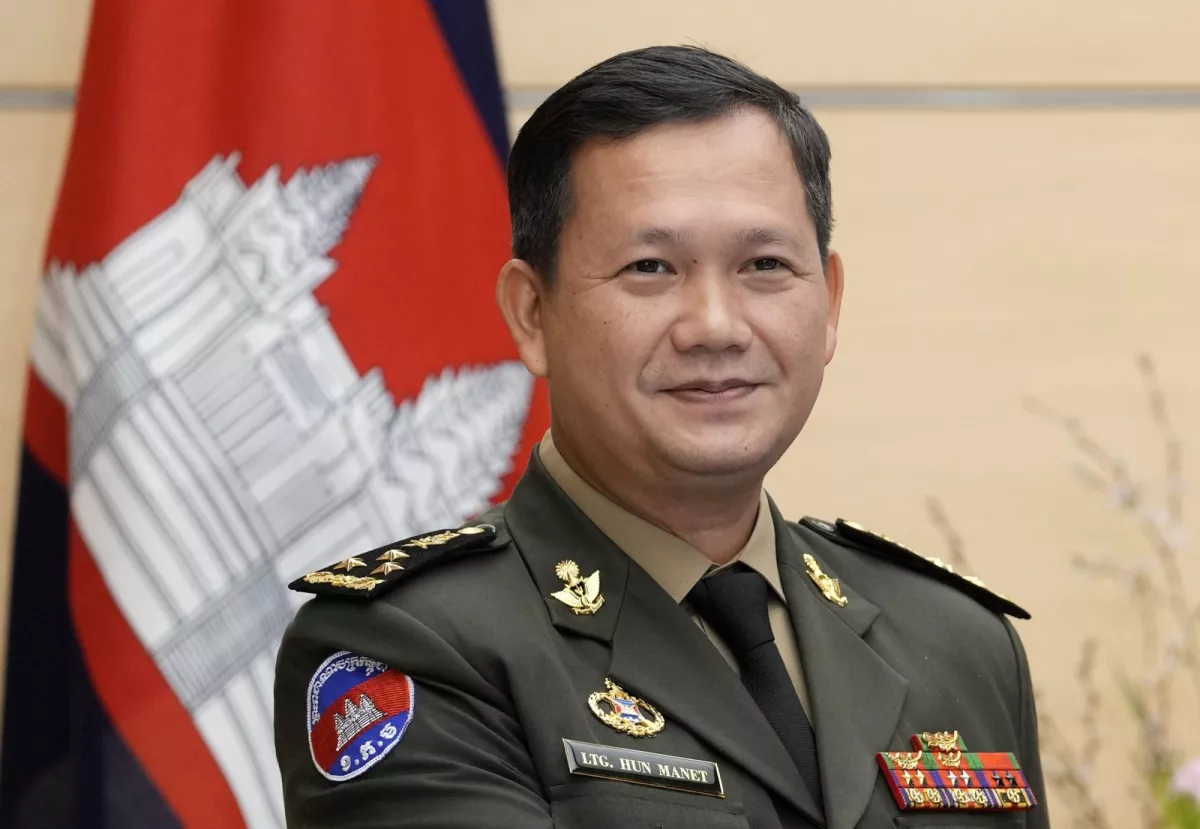
The Prime Minister of the Kingdom of Cambodia, Hun Manet, officially appealed to the UN Security Council, requesting measures in response to what he called “premeditated military aggression” by Thailand against Cambodia.
In a letter addressed to the UN Security Council Chairman, Asim Iftikhar Ahmad, who is also Pakistan’s permanent representative to the UN, the Cambodian leader reported a series of attacks near the Ta Moan Thom temple and other temples, as well as the “Emerald Triangle” area. According to him, the Cambodian army’s retaliatory actions are purely self-defense measures. Cambodia has called on Thailand to cease hostilities and withdraw its troops. Hun Manet also called for an urgent meeting of the UN Security Council. In turn, Thailand’s permanent representative to the UN sent a letter to the Security Council blaming Phnom Penh for the incident.
According to the Cambodian side, at 6:30 a.m., the Thai army, violating an agreement, entered the territory of the Ta Moan Thom temple and began fencing it with barbed wire. At 8:30 a.m., Thai forces opened fire and began an offensive on the Ta Moan Thom temple, the Ta Krabey temple, Phnom Khmao (Black Mountain), and the Mom Bei area. These temples are sacred sites revered by Buddhists of both countries.
However, Thailand asserts that it was the Cambodian army that first opened fire on the Ta Moan Thom temple. Only after that did the Thai army “use aviation to attack ground targets, as planned.”
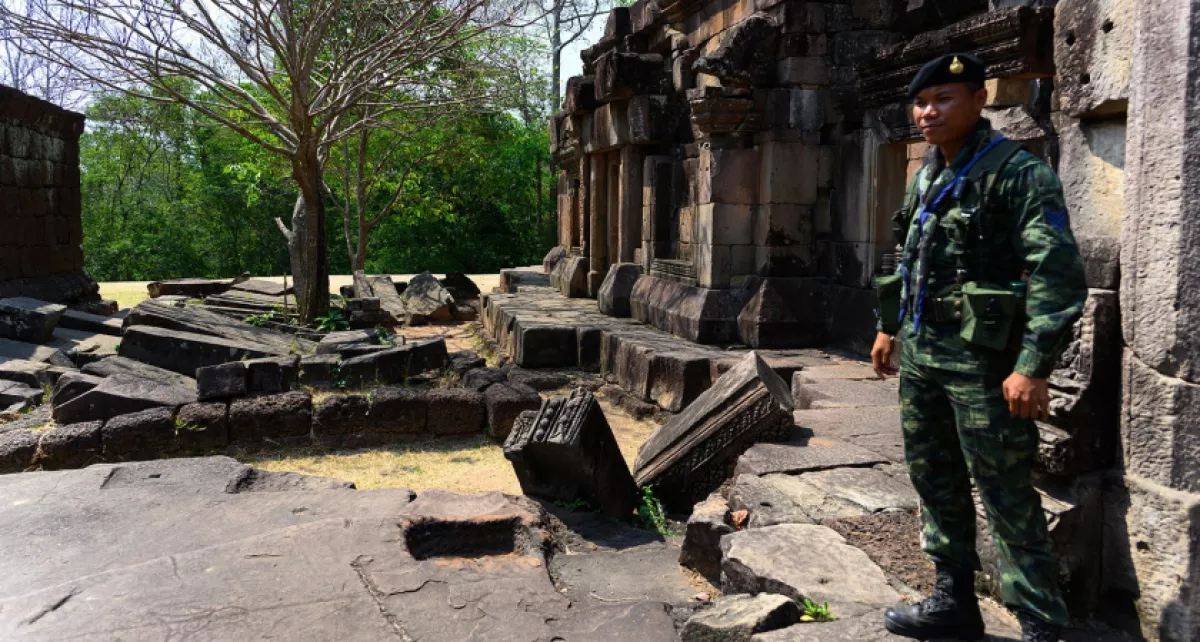
On 25 July, clashes involving heavy weaponry continued. As of 9:00 a.m. that day, Thailand had recorded 14 civilian deaths and 45 injuries.
According to the Thai Ministry of Interior, more than 130,000 people were evacuated across four provinces. Temporary shelters have been prepared for up to 300,000 people, and 11 border hospitals have also been evacuated. The Thai side reports that during the fighting, the Cambodian army used BM-21 “Grad” multiple rocket launcher systems (produced in the USSR and Russia), as well as Chinese-made PHL-81 and Type-90B systems.
Meanwhile, Khmer Times cited a statement from Cambodia’s Ministry of Defence alleging that the Thai army attacked civilian settlements and temples using F-16 fighter jets, cluster bombs (banned under international law), and other heavy weapons. Thousands of Cambodian farmers were forced to flee to safer areas near the border with Laos.
The Cambodian Human Rights Committee also reported the partial destruction of the sacred Preah Vihear temple, a UNESCO World Heritage site, as well as attacks on Cambodian migrant workers in Thailand.
On 24 July, the Thai army seized the Ta Krabey temple, but Cambodian forces later managed to regain control. Fighting in the Ta Krabey area continued intensely on 25 July. That same day, according to Cambodian sources, the Thai army launched a massive artillery assault on the Ta Moan Thom temple. In total, Cambodia’s Ministry of Defence states that the Thai army is advancing along eight different axes.
A volatile border
In the lead-up to the current escalation, localised clashes along the Thailand–Cambodia border had become more frequent. However, against the backdrop of wars in Ukraine and the Middle East, these incidents rarely drew the attention of global media, seemingly lost in the jungles of Indochina.
On 28 May 2025, according to the Cambodian side, Thai troops crossed into Cambodian territory. In the ensuing firefight, one Cambodian soldier was killed.
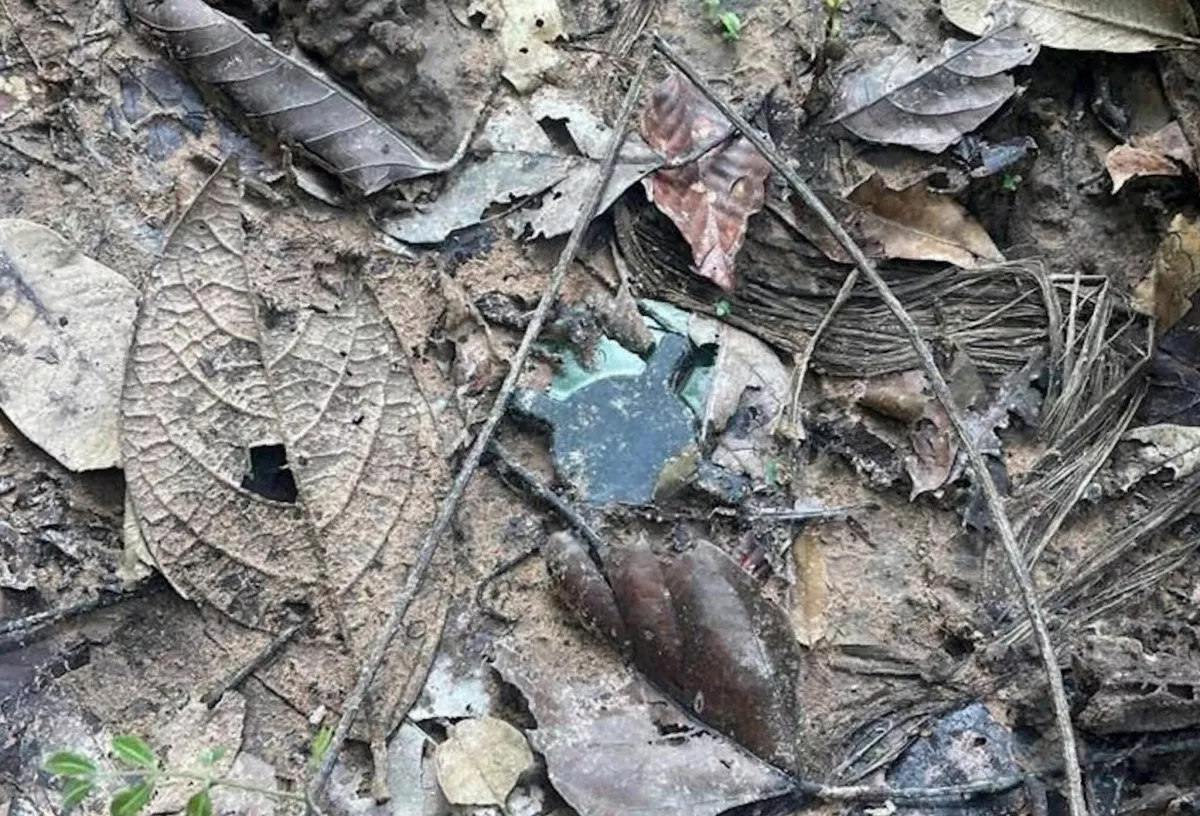
On 16 July, three soldiers of the Royal Thai Army were injured by a landmine while patrolling a disputed area in Ubon Ratchathani province. One of them lost a leg. According to Thai authorities, it was a recently planted Russian-made PMN-2 anti-personnel mine. Cambodia, however, claimed that the Thai patrol had illegally entered its territory, and the mines were old remnants from the Indochina War—such as the Type 72A, 72B, M14, MN79, or MD82B. Cambodian officials argued that had it been a PMN-2, the damage would have been much more severe.
Bangkok accused Phnom Penh of violating the Anti-Personnel Mine Ban Convention, while Cambodia accused Thailand of violating the 2000 Memorandum of Understanding.
On 23 July, the day before the large-scale fighting erupted, another mine explosion occurred, injuring a group of soldiers from Thailand’s 14th Infantry Battalion near the Ta Moan Thom temple. One soldier lost a leg, and four others sustained concussions. Following this incident, Thailand downgraded its diplomatic relations with Cambodia, withdrew its ambassador from Phnom Penh, and expelled the Cambodian ambassador.
In response, on 24 July, the Cambodian government announced it was also downgrading diplomatic ties to the minimum level, maintaining only a second secretary at the mission. All other diplomatic staff were recalled, and Thai diplomats were instructed to leave Cambodia. Thailand was accused of “a lack of goodwill to resolve the crisis through negotiations and a preference for confrontation.”
That same day, Commander-in-Chief of the Royal Thai Army, General Pana Klaewplodthuk, ordered the 1st and 2nd Military Regions and other units to be placed on combat alert under the “Chakraphong Phuvanaat” contingency plan.
The burden of colonial legacy
The cause—or pretext—for the armed conflict lies in a long-standing border dispute rooted in the colonial era, specifically the Franco-Siamese Convention of 1904 and the 1907 agreement, which defined the borders between Thailand and Cambodia. Landmines still explode along the frontier today because territorial issues were essentially “bequeathed” by French colonial administrators. Cambodia maintains that part of its territory is unlawfully occupied by Thailand.
Ironically, relations between the two countries had shown signs of warming until recently.
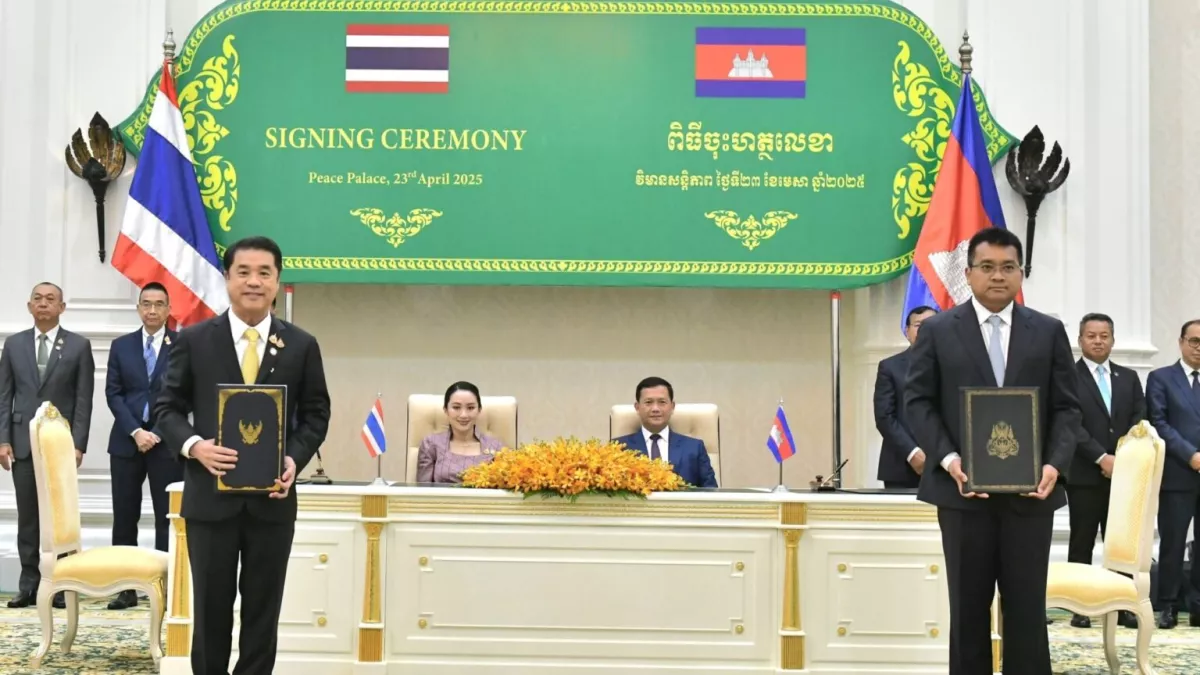
In April 2025, Thai Prime Minister Paetongtarn Shinawatra visited Cambodia to mark the 75th anniversary of diplomatic relations between the two countries. The father of Cambodia’s current prime minister, Hun Sen, gave her a personal tour of the house where her own father, former Thai Prime Minister Thaksin Shinawatra, had lived in exile. The Hun and Shinawatra dynasties have long maintained warm ties.
There had even been progress in resolving the border disputes. A joint commission was actively working. On 2 June 2025, the Cambodian government submitted documentation to the International Court of Justice (ICJ) regarding four disputed areas—Mom Bei, and the Ta Moan Thom, Ta Moan Toch, and Ta Krabey temples. The prime ministers of Cambodia and Thailand had also agreed to relocate Cambodian troops from the Emerald Triangle area.
However, everything was undermined by the media. Although both sides had agreed to refer to the relocation as a “readjustment,” Thai media outlets described it as a “withdrawal” or even a “retreat” by the Cambodian army.
This deeply offended Hun Sen, who viewed such wording as a humiliation. On 27 June, he publicly labelled the incident a “betrayal.” In response, Cambodia released an audio recording of an informal conversation between Hun Sen and Paetongtarn Shinawatra, in which the latter allegedly criticised the Thai military in unflattering terms. The scandal led to Paetongtarn’s temporary resignation as prime minister. On 3 July, Interior Minister Phumtham Wechayachai was appointed acting prime minister.
Meanwhile, tensions between the two countries escalated sharply. Thailand accused Cambodia of using the border for drug trafficking, and cut off electricity and internet supplies.
In retaliation, Cambodia severed internet cables running into Thailand, accusing “Thai extremists” of launching information attacks. Phnom Penh also condemned disinformation allegedly spread by Thailand, including claims that Hun Sen had fled to China. That rumour was personally denied by Hun Sen, with Cambodian media publishing photos of him commanding troops in person.
Hope for peace
What, then, triggered this escalation? Nationalist sentiment? Religion? Or outside interference aimed at derailing the normalisation process? Military clashes between the two countries already occurred in 2008 and 2011, also over the Preah Vihear temple—and both times, amid global economic instability.
Both Cambodia and Thailand maintain good relations with China, which was the first to respond to the conflict. On 24 July, Chinese Foreign Ministry spokesperson Guo Jiakun expressed hope that the parties would resolve the issue “through dialogue and consultation.” China, he stated, “adheres to a fair and impartial position.”
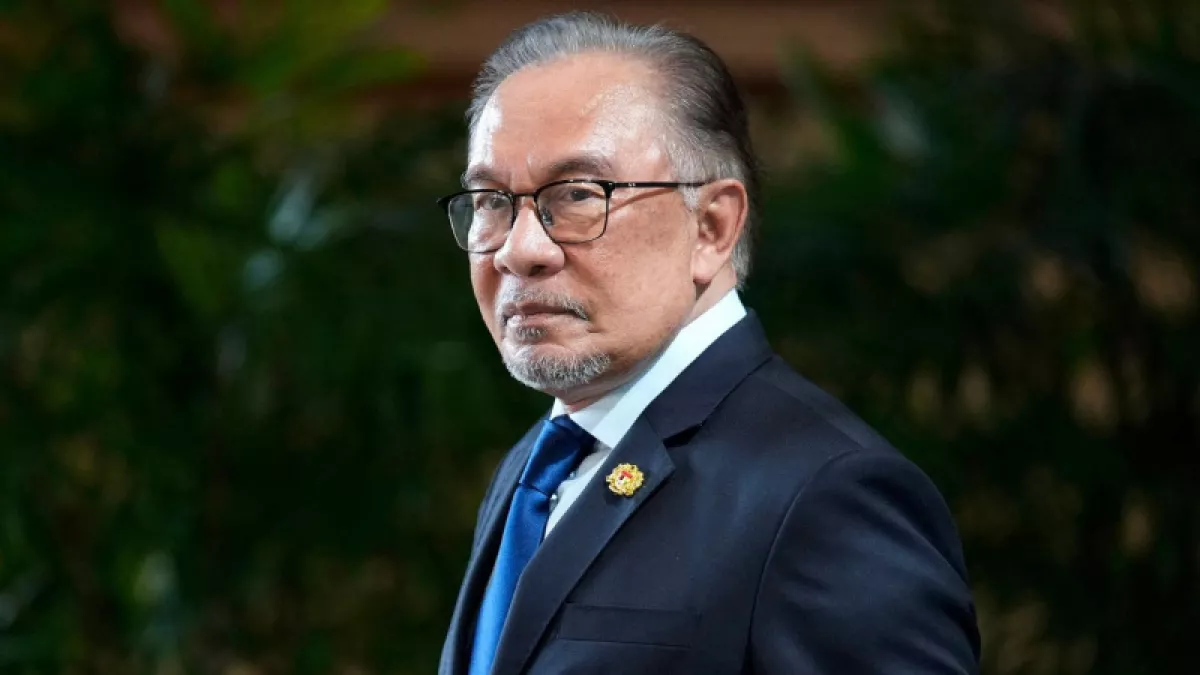
Australia, Laos, the United States, the Philippines, Japan, and other countries also called for a peaceful settlement. The de facto mediator has become Malaysian Prime Minister Anwar Ibrahim, the current chairman of ASEAN. He held telephone talks with the prime ministers of both countries and announced that Cambodia and Thailand are willing to consider a ceasefire.
It is likely no exaggeration to say that most people in Thailand, Cambodia, and around the world hope this conflict will be quickly resolved—and that the map of the planet will not gain yet another zone of chronic violence and devastation…








